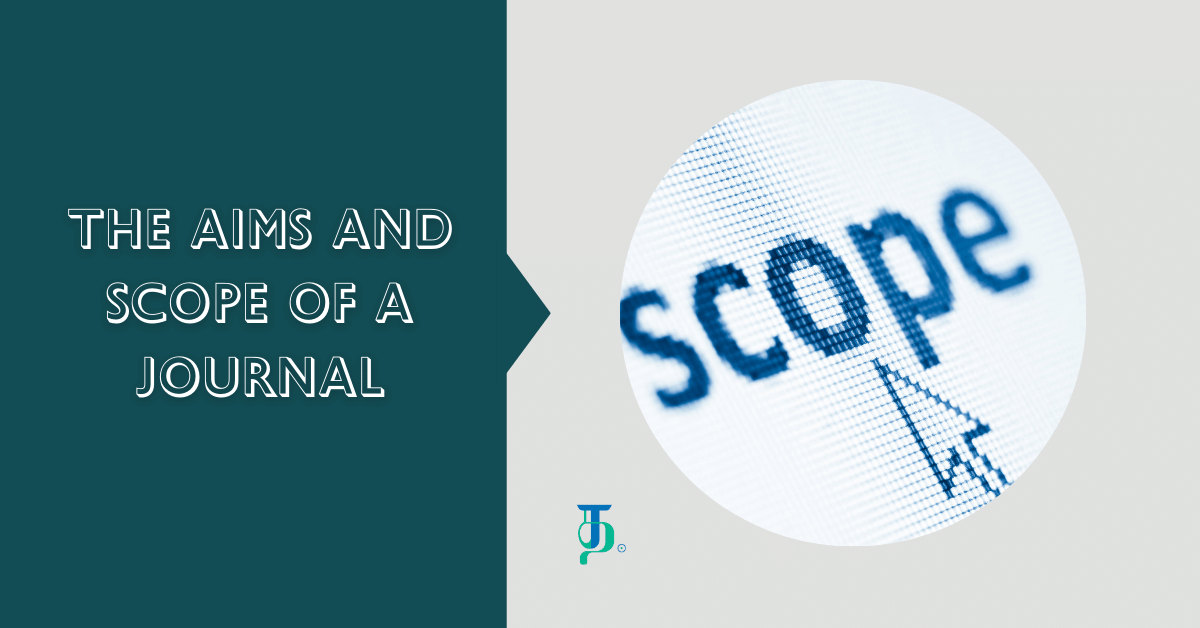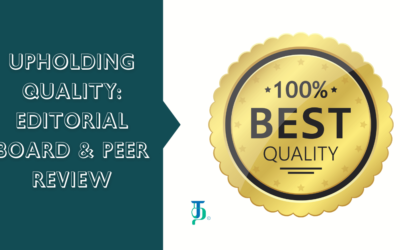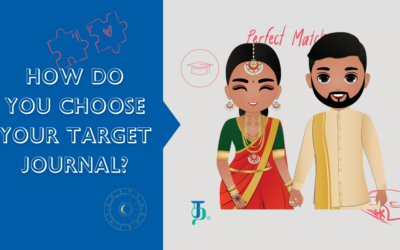So, now you understand how important it is to select the right journal for your publication. Like finding a perfect partner for life, finding a perfect partner for publication is also involving and time consuming. What is the first and foremost criterion to look for in a journal?
Aims and scope!
Checking the aims and scope will be similar to checking the compatibility between your article and the journal to ensure that it will be a perfect home for your article. A journal with its aims and scope aligned with your research interests ensures a harmonious fit, allowing your work to resonate with the intended audience. That’s why this is the primary information provided by journals as well.
So, how to check the aims and scope of a journal?
You start off by prying for more information on the Journal’s website. The home page of the journal usually displays this information. If not, look for the sections titled ‘About’ or ‘Aims and Scope’.
The ‘Aim’ of a journal provides a clear and concise description outlining the overarching goals and objectives of the journal. Its purpose is to communicate the broader mission and the contribution the journal seeks to make to the field.
For example, let’s say you are a researcher looking to publish an article on ‘Using Artificial Intelligence in Medicine’. Your target journal cannot be any random medical journal; it must be a journal that mentions advancement in AI in the field of medicine as its top priority – a journal that explicitly mentions your goal on its ‘About’ page. So, the aim of your relevant journal should mention something similar to this:
To be a leading forum for research at the intersection of artificial intelligence and medicine, promoting the development and application of AI technologies to improve healthcare outcomes.
The scope of the journal is more specific and explains the extent of the area or subject matter that it deals with. Taking the previous example again, the scope of ‘The Journal of Artificial Intelligence in Medicine’ would be along the lines of:
Articles on machine learning applications in medical diagnosis, healthcare data analytics, natural language processing in healthcare, and the ethical implications of AI in medicine.
The scope of a journal outlines the boundaries and coverage of the topics, subjects, and types of articles that the journal is interested in publishing.
You need to know how your research has to be presented to be under the journal’s accepted format. The most common formats are:
- Research Articles, alsocalled “original research articles”, describe the preferred structure and content of original research articles that the journal accepts.
- Review articles refer to the comprehensive reviews or surveys of existing literature in the field.
- Short communications indicate whether the journal considers shorter research contributions, such as brief reports and commentaries.
Along with the subject coverage, here’s a breakdown of other key components that can be found in the scope of a journal.
- Research focus: Details the types of research, studies, or methodologies that the journal is interested in publishing.
- Geographic focus: Specifies whether the journal has a regional, national, international, or interdisciplinary focus.
- Audience: Identifies the intended readership, such as researchers, scholars, practitioners, or a general audience.
You can convert the above information into actionable questions as follows:
- What are the journal’s goals and objectives for publishing research?
- What are the journal’s primary research areas and topics of interest?
- What are the specific disciplines or sub-disciplines covered by the journal?
- What type of research does the journal typically publish (e.g., theoretical, empirical, methodological)?
- Are there any methodological limitations (e.g., specific data analysis tools, research designs) the journal doesn’t accept?
- Does the journal focus on a specific geographic region, population group, or historical period? If yes, what are they?
If you ask the same questions about your research, the answers should be as identical to the answers to the questions about the journal as possible. The closer they are, the better fit is the journal for you.




